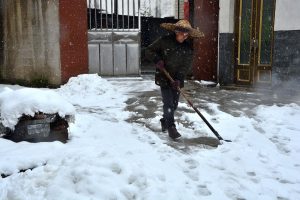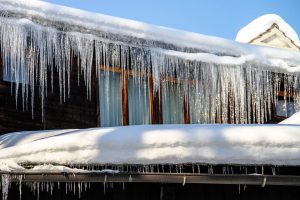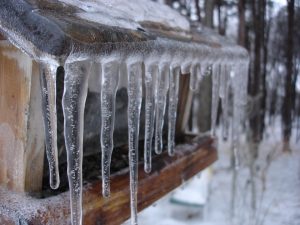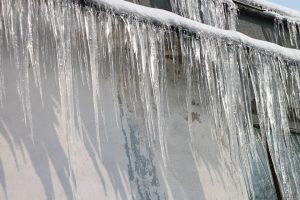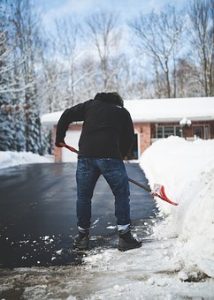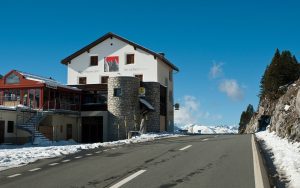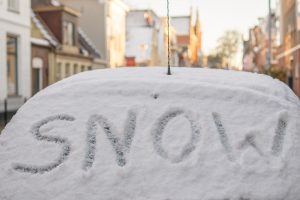Tips to prevent you, your family, and your employees from slips,trips,and falls on ice this Winter
During the Winter Months, there is an increased risk of slips, trips, and falls on ice due to the Winter Weather. This can cause injury to you in your personal life around your house and in your business life with your employees. There are several steps you and your business can take to limit the risk of injury during the Winter Months.
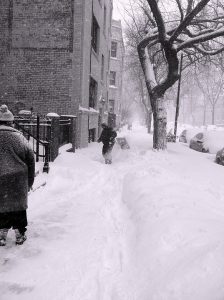
Be aware of your surroundings
Paying attention to the surface you are walking on can go a long way towards preventing slips, trips, and falls on ice.
Select appropriate footwear
This goes for men and women both. In the Winter, especially when a snow or ice storm hits, is not the best time to wear footwear that is not suitable to slippery conditions. In most all scenarios, the people you are interacting with are dealing with the same conditions as you and will understand if the footwear you are wearing is not your Sunday best.
Get an earlier start to your destination
The only way to prevent slipping on ice is to go slow. This goes for walking around your house as well as out in your vehicle. The best way to get to your destination safely is to give yourself adequate time to take the proper precautions due to the weather.
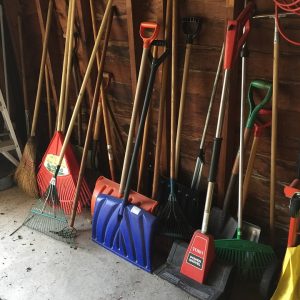
Keep Proper Equipment around to deal with Snow and Ice
Buying a good shovel is only the beginning of dealing with Winter Weather. Storing the proper type of salt for the sidewalks can prevent slips, trips, and falls on ice. There are specific rakes that can help you remove snow and ice from the roof of your property. Depending upon the area in which you live, you may need some or all of these pieces of equipment.
Be extremely careful getting out of your vehicle
Getting out of your vehicle is the one time when you are moving from a controlled environment into inclement weather. It may take a few steps for you to get accustomed to just how bad the conditions are. Use extra caution at these moments to ensure you arrive at your destination safely.
Don’t take shortcuts
It is important to always use sidewalks, the cleared paths and other designated walking areas on the streets and in parking lots when the weather is treacherous.
Watch for slippery floors when entering buildings
Once you have made it to your destination, it is still important to keep aware of your surrounding. Many people clean off their shoes as soon as they get in to the building. It is common for this area to become wet and cause additional slipping hazards.
